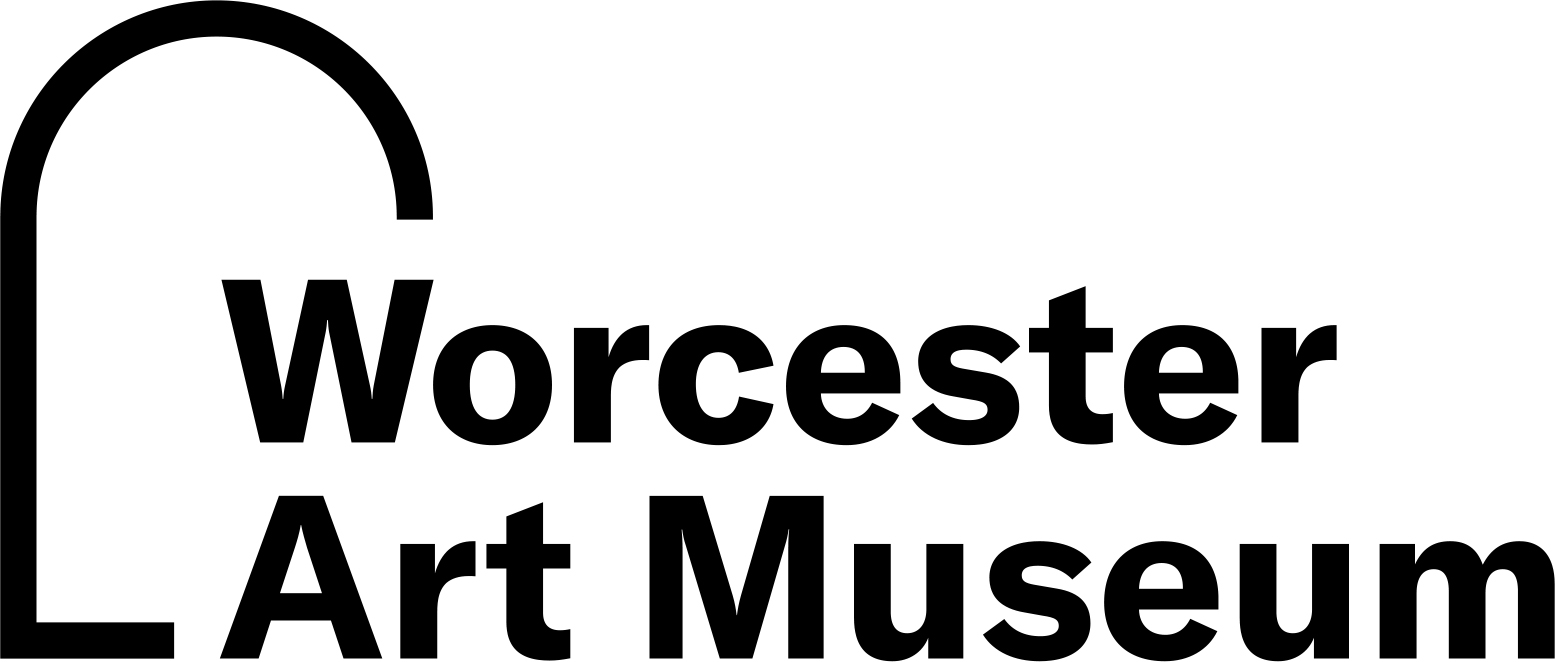Eagle, Monkey and Pine ("Ue-minu washi")
Artist
Okumura Masanobu 奥村 政信
(Japanese, 1686–1764)
Dateabout 1725–1730
Mediumwoodblock print; ink on paper; beni-e, urushi-e (hand-colored "lacquer print")
Dimensionshoso-e: 33 x 15.2 cm (13 x 6 in.)
ClassificationsPrints
MarkingsPublisher: Tori Shio-cho Okumura-ya hanmoto (Publisher Okumura-ya of Tori Shio-cho)
Credit LineJohn Chandler Bancroft Collection
Object number1901.322
Label TextAn eagle perching on a pine branch looks down at a screeching monkey trying to hide under foliage. The phrase in the cartouche expresses the old saying: "the eagle does not look up" (ue-minu washi).
This work exemplifies Masanobu's early urushi-e, or “lacquer pictures.” To create such images, ink is mixed with animal-based nikawa glue to create a lustrous, lacquer-like effect, often used to enhance bold, black lines or dark compositional elements like shadows. While it had been used in painting and ceramics for centuries, Masanobu is believed to have been among the first—if not the first—to adapt it to print. Through urushi-e, Masanobu demonstrated his prowess at using the “singing line,” a quality in Japanese prints that can be summarized as a lyrical effect using printmaking materials. Additionally, this print is notable for their “wide pillar” format, which indicates the influence of Chinese paintings imported to Japan.On View
Not on viewOkumura Masanobu 奥村 政信
mid-1730s–1740













